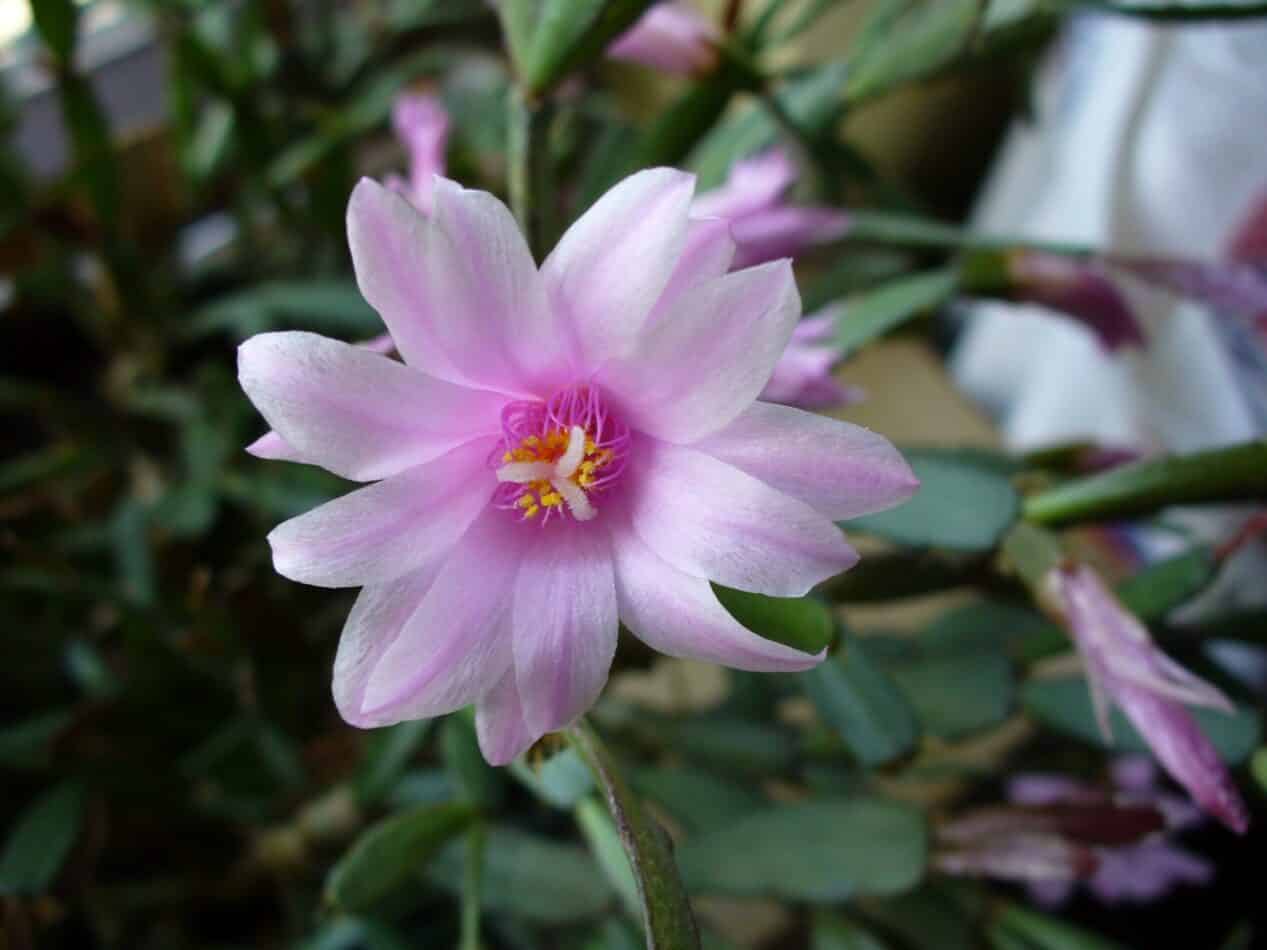Ixora Coccinea, commonly known as West Indian Jasmine, is a tropical plant native to Asia. It can also be found in many climates in the United States, where it is a popular ornamental flowering shrub. With large domed heads packed full of tiny flowers, Ixora Coccinea comes in vibrant shades of pink, orange, yellow, red, and white. It is an evergreen, meaning it keeps its foliage all year round and it features glossy, handsome foliage.
Family and Plant Type
Ixora Coccinea is a member of the Rubiaceae family and it is an evergreen shrub. It is classified as a perennial, meaning it will come back and bloom in the same spot each year.
Meaning and Symbolism
The Ixora Coccinea is said to symbolize love, joy, and happiness. Its deep, saturated colors and fragrant scent evoke feelings of joy and pleasure, and its delicate beauty is ideal for expressing love and compassion. In many cultures, the flower is also a symbol of abundance, representing good luck and an ability to draw wealth.
History, Mythology, and Religious Significance
The Ixora Coccinea was originally found growing wild on the tropical islands of the West Indies and in parts of Asia. It was first recorded in scientific literature in 1813 by botanist John Sims, and since then it has been grown and utilized in many different ways. In many cultures, it is associated with fertility, as well as with powerful female spiritual figures such as mythical goddesses and saints.
Flower Varieties and Their Defining Characteristics
Ixora Coccinea comes in a variety of colors and shapes, making it a popular choice for gardens and landscaping. The most common variety is the ‘compacta’, which features clusters of vibrant pink flowers. The ‘super spirea’ variety is also popular, with its clusters of long, elegant blooms in a stunning shade of white. The ‘cardinal queen’ is another variety of Ixora Coccinea, with its large blooms in a deep red hue.
How to Plant
When planting Ixora Coccinea, it is important to pick a spot with full sun to partial shade. The soil should be well-draining, with a pH between 6.0-7.0. The plant also prefers moist soil, but it should not be overwatered. If using a container, make sure there is adequate drainage and provide regular fertilizer for additional nutrients.
How to Pot and Repot
When potting and repotting Ixora Coccinea, use a well-draining soil that is enriched with organic matter. It is also important to choose a pot or container with drainage holes. Make sure the pot is large enough to accommodate the size of the root system, and water regularly.
How to Prune
Pruning Ixora Coccinea is necessary to keep the plant healthy and help encourage new growth. Prune during the dormant season, usually late winter or early spring. Avoid pruning late in the growing season, as this can cause the plant to become stressed. When pruning, aim to remove dead or diseased branches as well as any wilting or dying blooms.
How to Propagate
Propagating Ixora Coccinea is an easy and economical way to increase the size of your garden or collection of plants. The easiest way to propagate the plant is through stem cuttings. Take cuttings from the tips of the stems, making sure to choose healthy, non-flowering portions. Cut just below the leaf node, using sharp, sterile pruning shears. The cuttings can then be planted in well-draining soil and kept moist until rooted.
Common Pests and Diseases
Ixora Coccinea can be prone to a few common pests and diseases, such as Scale insects, Fungal spots, and Root rot. It is important to take preventative measures to avoid any damage to the plants. Inspect the leaves regularly, and remove any affected leaves to prevent further spread. Insecticides can be used to remove pests, and fungicides can be used to prevent and treat fungal infections. Over-watering can also lead to root rot, so make sure the soil has sufficient drainage and only water when the soil is dry.
Frequently Asked Questions
Q: How often should I water my Ixora Coccinea?
A:Ixora Coccinea does not require a lot of water, so it is best to water it only when the soil feels dry to the touch. This plant also prefers moist soil, so water it more frequently during hot, dry weather.
Q: How large can Ixora Coccinea grow?
A:Ixora Coccinea can grow up to four feet in height and width.
Q: How often do Ixora Coccinea bloom?
A:Ixora Coccinea usually blooms in warm weather and produces flowers rapidly. In tropical climates, it can bloom year-round. In subtropical climates, it will usually bloom between late spring and early fall.
Table Fact Sheet
| West Indian Jasmine | Ixora Coccinea |
|---|---|
| Family | Rubiaceae |
| Plant Type | Perennial |
| Mature Size | 4 feet in height/width |
| Sun Exposure | Full Sun to Partial Shade |
| Soil Type | Well-draining |
| Soil pH | 6.0-7.0 |
| Bloom Time | Late Spring to Early Fall |
| Flower Color | Pink, orange, yellow, red, and white |
| Hardiness Zone | 9-11 |
| Native Area | Southern Asia, the West Indies |
What we love from Amazon this week
Buy these wonderful flowers directly from Amazon:















